Do baby boxes really save lives?
- Published
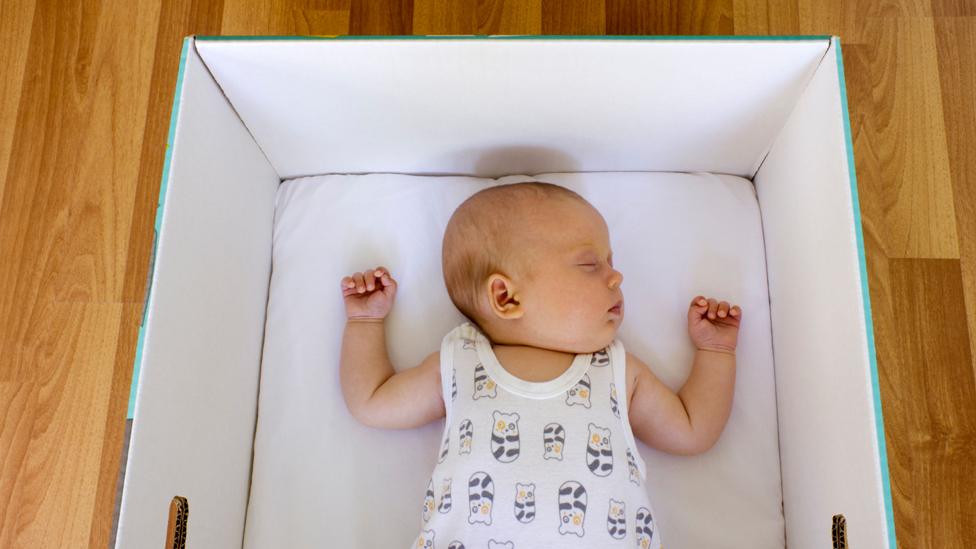
It's been claimed that Finland's baby boxes, given to every newborn in the country, help reduce cot deaths. But what evidence is there that they lower infant mortality rates, asks Elizabeth Cassin.
In June 2013, the BBC News website published an article entitled Why Finnish babies sleep in cardboard boxes. It's been viewed over 13 million times and sparked global interest in the idea.
The article explained Finland's 75-year-old policy of giving every pregnant mother a cardboard box filled with baby products, such as clothes, sleeping bag, nappies, bedding and a mattress, and how the box itself could be used as a bed.
One reason it attracted such attention is that Finland has one of the lowest infant mortality rates in the world - two deaths per 1,000 live births, compared with a global rate of 32 in 1,000, according to the UN.
Over the past three years, companies selling the boxes have popped up in the US, Finland and the UK.
And they're incredibly popular not just with individuals but - more significantly - with governments. The promise of lower infant mortality rates is something to aim for.
But if you stop and think about it for a minute, this is a bold claim. How does getting a baby to sleep in a box and a few baby items bring down infant mortality rates?
In theory, the boxes offer a safe sleep space for babies.
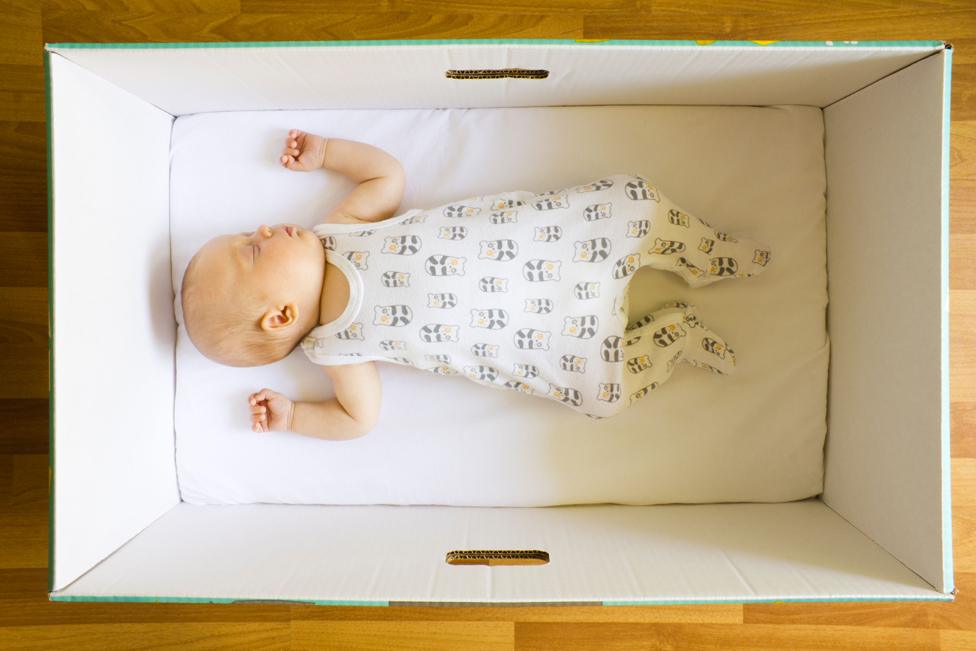
There are lots of reasons why babies die, from health problems to accidents. But there's one in particular that these boxes have been thought to help reduce - sudden infant death syndrome (Sids), also referred to as "cot death", is the unexpected and unexplained death of an apparently healthy baby.
Although it's difficult to always understand what causes these deaths, there are environmental factors that increase the risk - including being around tobacco smoke, getting tangled in bedding, or sleeping alongside parents - especially if parents have been drinking.

Find out more
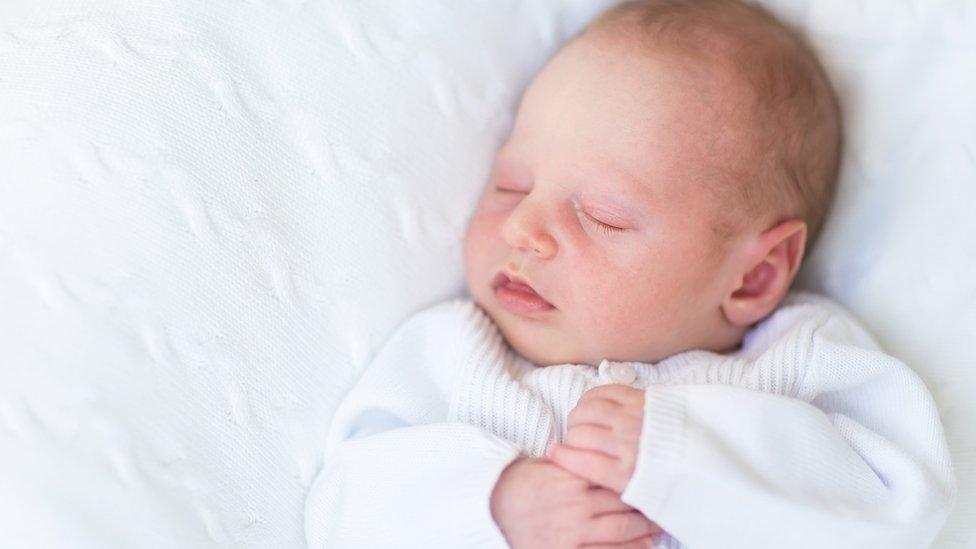
More or Less is broadcast on BBC Radio 4 and the World Service
Download the More or Less podcast
More stories from More or Less

In the early 90s, many Western countries introduced Back to Sleep campaigns, when it was discovered that babies who sleep on their tummies are more vulnerable to Sids. This led to the last significant reduction in countries like the US and UK.
"Since we had the dramatic decline of Sids in the 90s, we're now in a situation where the remaining Sids is much harder to try to alleviate," says Prof Helen Ball, director of the Parent-Infant Sleep Lab in the UK. "And so people are looking for new interventions, new changes to social care practices that might specifically help some of the more vulnerable families."
Putting a baby in a box, and keeping the box near a parent, could prevent some of the hazardous scenarios.
But it's important to understand that nearly all countries have seen a dramatic reduction in infant mortality over the last century. In 1900, about 15% of babies in Europe would have died in their first year. Now it's less than 0.4%.
And Finnish academics and health professionals have been keen to point out that there is some misunderstanding about the box scheme.
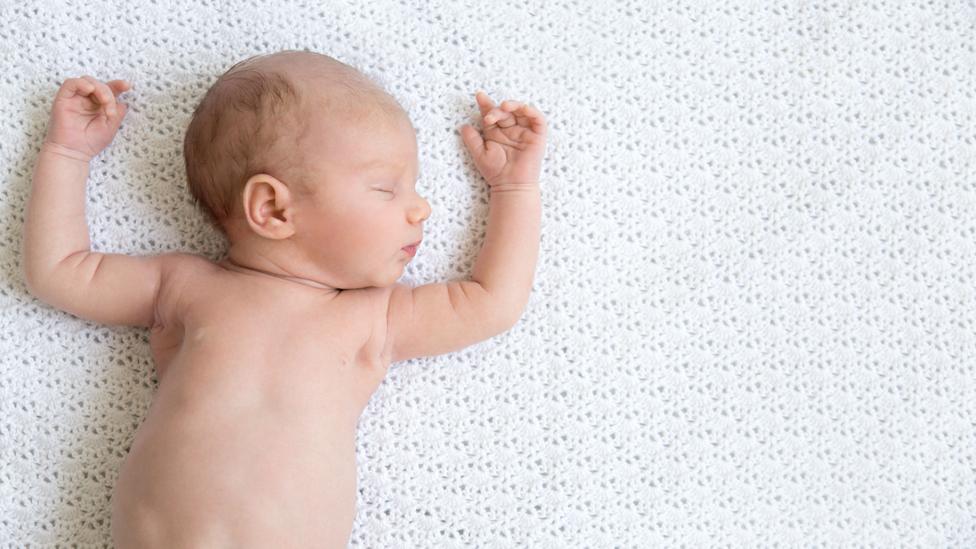
To understand how policy changed in Finland, we need to go back to 1938.
Although infant mortality rates had been falling across Europe, Finland's rate was higher than their Nordic neighbours. The government decided to offer baby boxes to low-income women.
But the women didn't just get a box. The boxes were introduced "at the same time that the pre-natal care was started", says Prof Mika Gissler, a statistician at the National Institute for Health and Welfare in Finland.
Women had to attend clinics early on in their pregnancy to qualify for the maternity package. Their health could then be monitored throughout and after the pregnancy.
Legislation in 1944 made it a legal obligation for municipalities to provide maternity and child health clinics. That year, only 31% of pregnant mothers had received prenatal care. The figure jumped to 86% the following year.
In 1949, the care package, including the baby boxes, was offered to all women.
"Then there was a big change from home birth to hospital birth," says Gissler. "We had the national health insurance system introduced very late in the 60s."
One of Gissler's colleagues, Prof Tuovi Hakulinen, says that to her knowledge, there is no direct link between the baby box and infant mortality rates.
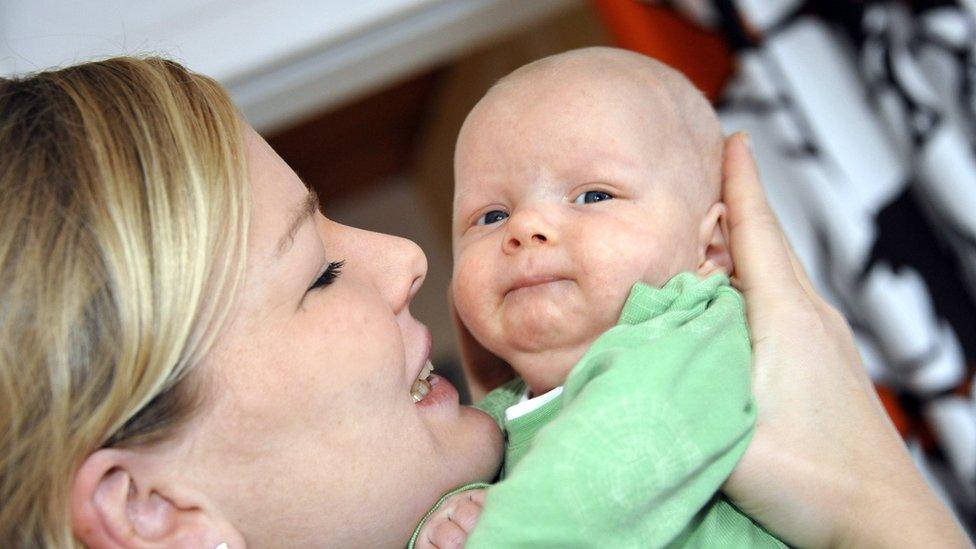
A combination of factors are behind better infant health in Finland
And that if you look at the decline in infant mortality, the thing that's driving it more than anything else is a combination of advancement in medicine, vaccinations, nutrition, hygiene and increased prosperity.
Finland has reliable Sids data for the past three decades - and the rate is low. But the significant reduction in deaths has been in congenital anomalies and other diseases.
And yet one of the leading baby box companies sells its products as an essential gift for new parents, claiming studies have proven the link.
I asked the company if I could see these studies, but they said that studies showing positive results had not been published yet. Experts say that there are no studies showing the efficacy of baby boxes.
Countries across the world have been trialling variations on the Finnish box, including Canada, Ireland, and Scotland - with many tying in additional education for parents.
And while looking at the possibilities the baby box is interesting, there are bigger factors at play.
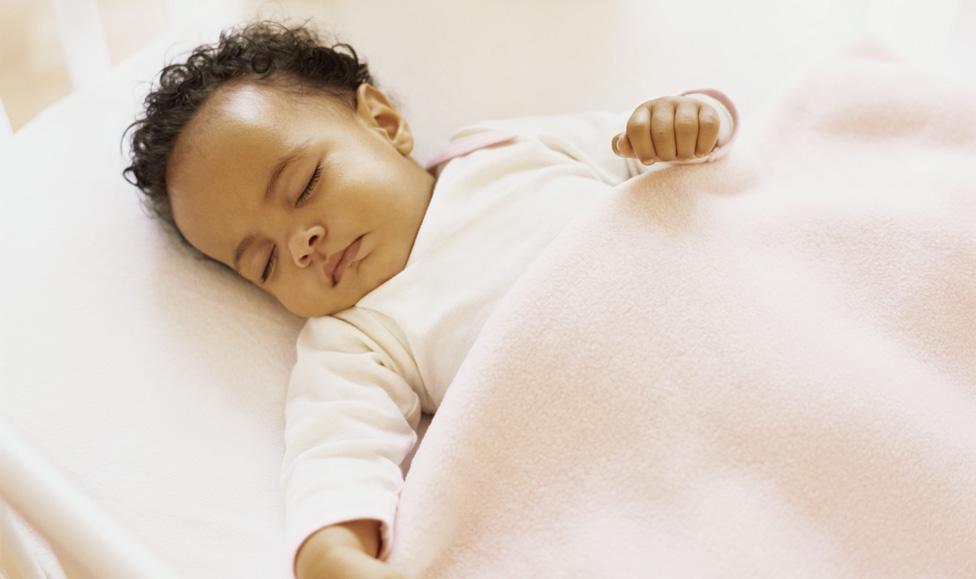
One country where the baby box idea has received a lot of attention is the United States - because they are struggling with poor infant mortality rates - six per 1,000 births, which makes them comparable to Poland and Hungary, below the level you'd expect based on their income.
Prof Emily Oster, an economist at Brown University, compared data from the US with various European countries, primarily Finland and Austria.
She says the US does fairly well in the first month of life - but from a month to a year, "you can see the mortality rate in the US kind of accelerating away from the other countries in that period".
When looking at women with a college degree - a marker for relatively high income - infant mortality rates were low and similar to the same groups in Finland and Austria.
"What we see is that well-off women in Finland, well off women in the US, are very, very similar," she says. "The difference is well-off women in Finland and less-educated women in Finland have very similar infant mortality profiles. Whereas that is not true in the US."
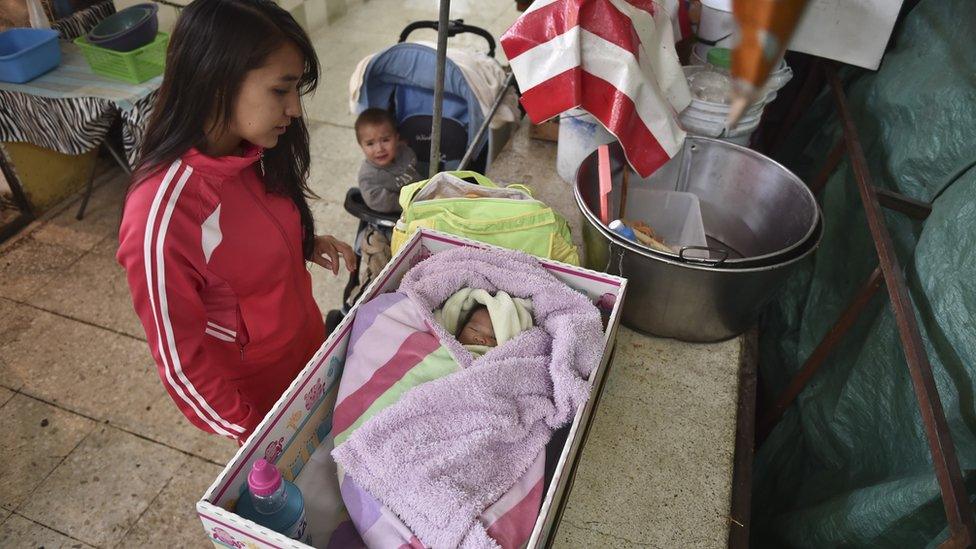
Finland's scheme has been copied in other countries, such as Mexico
But it's not clear from their research what specifically causes these deaths - because there are many things which make the US different, such as their health system. Also, most countries in Europe have a pretty robust home visiting programme after birth. That's not something that has uniformly been true in the US.
"What often comes along with the boxes is some additional contact with somebody," says Oster. "It may be the healthcare assistant, a nurse, a social worker.
"The box alone doesn't seem likely to matter."
The baby boxes are hugely popular in Finland, but they are emblematic of a wider health care system.
Governments and individuals should not see the box as solely effective, without improving care and education for parents also.
After all, there are countries with the same infant mortality rate as Finland, such as Iceland, Estonia and Japan, that do not have baby box schemes.
Join the conversation - find us on Facebook, external, Instagram, external, Snapchat , externaland Twitter, external